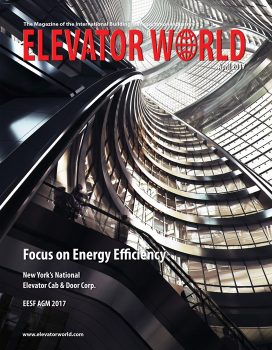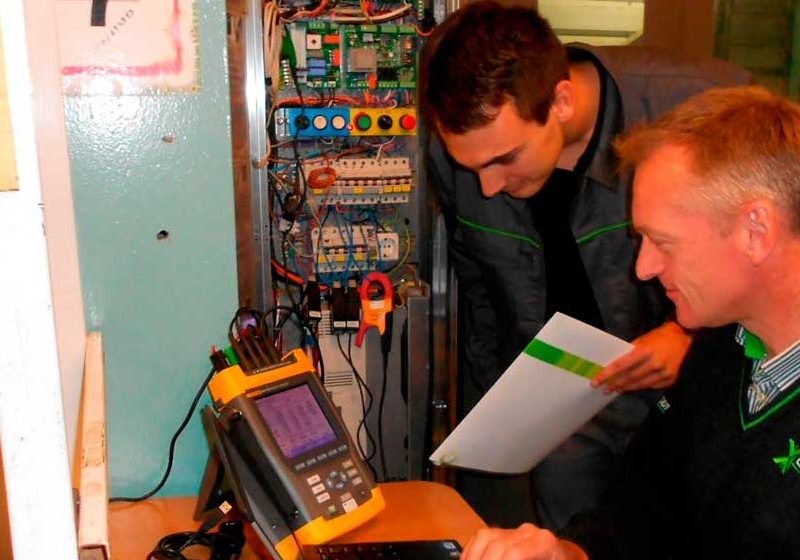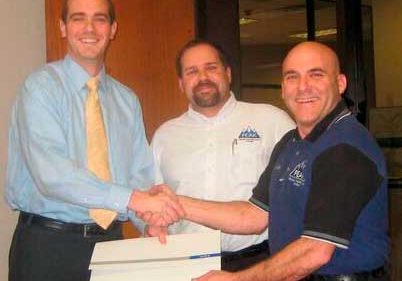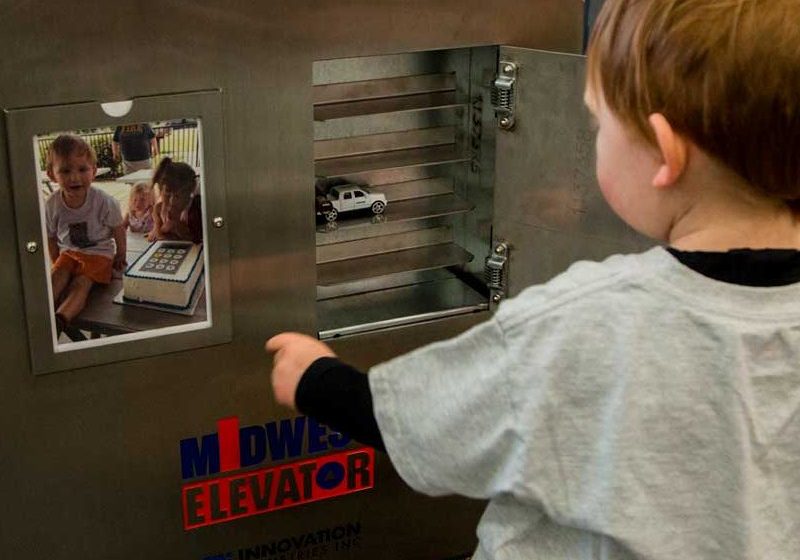“Energy conservation is reducing or going without a service to save energy. For example: turning off a light. Energy efficiency means using less energy to provide the same service.” — U.S. Department of Energy
Our focus this month is on Energy Efficiency in the elevator industry. We had a remarkable number of articles come in on this subject. Most promote “efficiency” — using less to get the same or more service — but a few actually conserve and store energy, as well. Energy efficiency is one of the easiest and most cost-effective ways to combat climate change, improve the competitiveness of our businesses and reduce energy costs for consumers.
Alexandra House by Tarence Wong and Alex Lee is about Schindler’s modernization of a 40-year-old elevator system. The 14 elevators across three zones, plus two shuttles, provided an opportunity to use the Personal Occupant Requirement Terminal (PORT) system in a unique way. They overlaid PORT in each zone, while one of four elevators was being modernized. In the end, response was improved, energy was saved, and the modernization was carried out virtually unnoticed by the tenants. Another use of destination dispatching is told in Smart, Fast, Energy Efficient by İpek Akyıldız Sipahi and Onur Artıkoğlu. This time, it is Otis Turkey’s elevators in the Levent 199 building in Istanbul. This may be a unique use of Otis’ CompassPlus™ with very fast (7-mps) double-decker elevators. They maintain that savings come from avoiding waste and matching numbers to demand.
We have two excellent Elevcon papers on our focus topic this month. “One Way” Energy-Recovery System for Lifts by Alvaro Pradas Luengo, Fernando Arteche, Javier Piedrafita, Mateo Iglesias Amella and Iván Echeverría Ciaurri discusses energy storage systems and experiments in using supercapacitors versus (lead-acid or lithium) batteries. The other paper, Intelligent Movement Control for the Escalator Future by Christian-Erik Thoeny and Ruan WeiMin, is the only article we have that focuses on escalators. Sensor-based technology improves efficiency, energy and safety in escalators by detecting potential passengers and waking the sleeping escalator in time for them to step on. A very interesting safety feature can slow the unit for slowed or stalled crowds. The sensors can also detect children playing nearby. A report from Australia, Lift Energy Consumption Comparative Reporting by Alberto Dominguez, details the improvement in active energy consumption when a lift drive control has been modernized. The author finds a 40-70% improvement. Liftinstituut’s Koos van Lindenberg wrote ISO 25745 Bypasses VDI 4707 as Standard for EPC Measurements. The organization has been doing energy measurements based on the International Organization for Standardization (ISO) publication since 2009 but proposes that energy efficiency should not be made at the detriment of lifespan. Another author interested in the lifespan, or lifecycle, of elevators is Dr. Ferhat Celik in his compelling Elevator Efficiency: Is It All About Energy Consumption of the Elevator? In it, he makes the argument for hydraulic elevators and presents a unique outlook disputing the use of machine-room-less units in low-rise buildings as an energy saver. He notes that using hydraulics in low-usage systems is more environmentally friendly and promotes a better lifecycle for the elevator and customer.
We also have a wide range of offerings this month outside of the focus topic: Managing Editor Angela C. Baldwin attended the EESF AGM 2017. This safety-minded group returned to Mobile in the midst of Mardi Gras. New officers were elected, and progress on new programs was discussed. A great time was had by all as attendees enjoyed parades in the place that Mardi Gras and the Elevator Escalator Safety Foundation (EESF) got their starts. David Herres gives us a great Continuing Education article on Troubleshooting Elevators. He advises surveying elevators while they are working properly so responses when something goes wrong can be prompt. Our Company Spotlight New York Story is on National Cab and Door Corp., founded in 1929 with five employees in downtown New York City. Now, it has 100 employees in Queens and still does 80% of business in “the city.”
Every magazine needs a little human interest, and “A Heartwarming Feeling” is about Miles Mank, who is three years old and autistic — and loves elevators. Midwest Elevator Co. and Innovation Industries, Inc. got together and built him an amazing “fixture cube.” Many thanks to Dustin Witham for bringing this sweet story our way.
Get more of Elevator World. Sign up for our free e-newsletter.








